Are you looking to add a bit of life to your front yard without the worry of invasive root systems? Look no further than small trees with non-invasive roots! Planting and gardening is an enjoyable yet demanding activity; stretching from long days tending to the garden, watering, and shoveling in dirt. With countless options for plants available, it might become difficult figuring out which ones have minimal invasive tendencies – that’s why we are here to help!
In this blog post, we will be discussing the best small trees with non-invasive roots so that you can shop stress free knowing there won’t be surprise visits from pesky overgrowth once planted. From flower blooms to evergreen pines, read on as we guide through our top ten picks that not only make great choices aesthetically but also environmentally friendly.
What Are Non-Invasive Roots?
Non-invasive roots are the type of roots that do not damage or interfere with the existing environment, and instead grow in a way that does not cause any negative impact. Non-invasive root systems typically grow close to the surface and spread out as they become established.
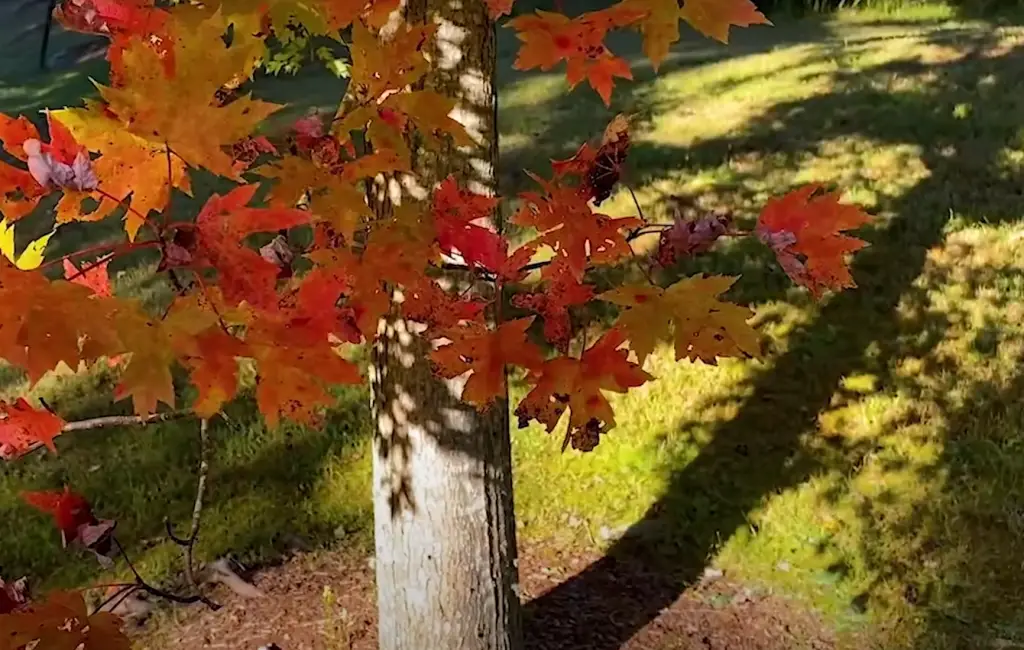
They are usually shallow rooted and have low water requirements, making them ideal for use in gardens or landscaping projects. Non-invasive root systems are also easier to manage than invasive roots, as they often require fewer resources and maintenance to keep them healthy. They can be used to help stabilize soil and provide additional nutrients into the ground, while still being gentle on the surrounding ecosystem.
Non-invasive roots can also help reduce runoff from heavy rainfall, helping prevent erosion and flooding. They are also an important part of soil health, as they help to break down organic matter and release vital nutrients into the ground. With careful management, non-invasive roots can prove to be extremely beneficial for both people and the environment. [1]
Root Systems of Trees
Trees have an extensive root system that helps them maintain upright growth and stability. The roots of a tree are divided into two parts: the primary roots, which anchor the tree to avoid being uprooted during storms or strong winds, and the secondary or lateral roots, which help absorb water from the soil and provide structural support to their upper body. Trees can also have a network of root systems that are mainly located beneath the ground surface in order to allow them to reach for nutrients and moisture from deeper down.
The shape of a tree’s root system depends on various factors like environment, climate, soil type, species, age of the tree and even its history. In general however, trees tend to spread out their roots in a radial pattern around the tree trunk.
In addition to providing structural support, roots play an important role in regulating water availability for a tree’s health. The roots absorb nutrients from nearby soil and help keep the surrounding soil moist by preventing evaporation. In this way, the tree can extract necessary minerals and store them until needed during periods of drought or when other available water sources are scarce. Roots also act as anchors against strong winds, helping prevent damage to branches and leaves due to wind storms.
The root system of a tree contributes significantly to the overall health and prosperity of a tree.
Healthy root systems also help create healthy soils and ecosystems, making them essential for sustaining life on earth. [3]What Is An Ideal Planting Location?
When deciding on a planting location for your garden, there are a number of factors to consider.
- Climate: The climate in your area will determine what type of plants you can grow and how well they’ll survive in the environment. Be sure to research what plants will thrive best in the climate you live in.
- Soil Quality: Different plants prefer different soil types and nutrient levels, so it’s important to know if the soil where you plan to plant is suitable for your desired plants. Performing a soil test before planting can help you identify any potential problems or deficiencies that need to be addressed before planting commences.
- Sun Exposure: Many vegetables and flowers require at least 8 hours of direct sunlight per day to grow healthily. Take into consideration the surrounding trees, structures, or anything that may be blocking your garden from getting enough sun exposure before planting. [4]
- Wind Exposure: High winds can cause significant damage to plants and stunt their growth. If you have a windy area in your yard, avoid placing fragile plants there as they are more prone to breakage or being blown away.
- Drainage: Proper drainage is essential for keeping plants healthy and preventing root rot and fungal diseases from occurring. Make sure the location you choose has adequate drainage so water doesn’t pond around the roots of your plants.
- Accessibility: Choose a location near a water source if possible. This will make it easier to irrigate your plants and keep them healthy. Also, be sure to pick a spot that is easily accessible for general maintenance purposes such as weeding, pruning, or harvesting. [5]
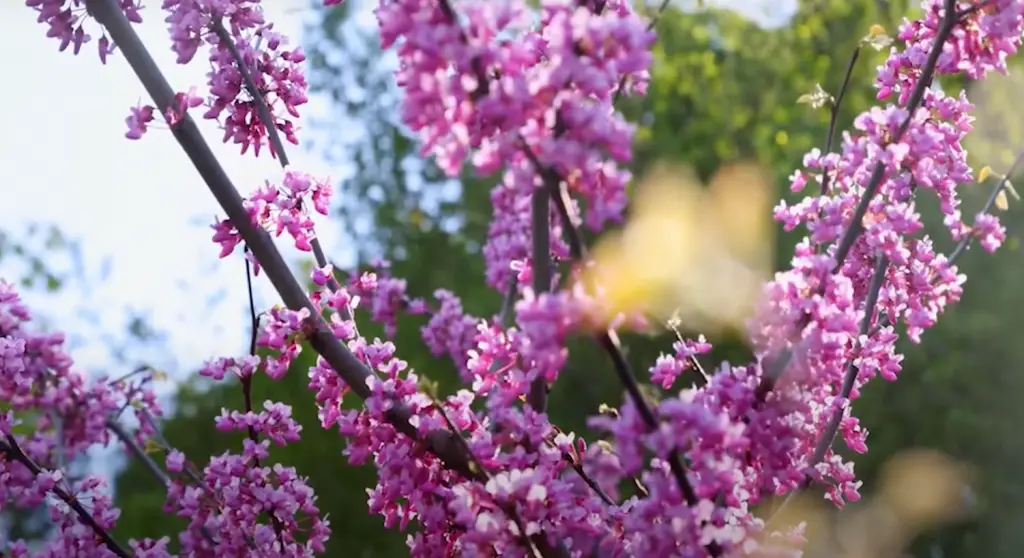
These are just some of the factors you should take into consideration when deciding on an ideal planting location for your garden. Doing your research beforehand can help ensure that your hard work doesn’t go to waste.
How to Plant Trees with Non-Invasive Roots?
When planting trees with non-invasive roots, it is important to pay attention to root growth. The best way to ensure that your tree’s roots do not become a problem in the future is by following these steps:
- Choose the correct tree species – Species of trees vary, and some have more aggressive root systems than others. It is important to select a species that has been proven to be less invasive or unlikely to cause significant damage over time.
- Planting location – When selecting a spot for your new tree, make sure you are aware of any potential obstacles such as underground pipes or foundations; this will help prevent long-term problems caused by root growth. Additionally, avoid low-lying areas and areas with high water tables.
- Proper Planting – You can prevent root damage from occurring by planting the tree in a way that promotes healthy growth. Plant your tree at the correct depth, use mulch or compost to promote soil health, and ensure there is adequate space for root expansion.
- Pruning – Regular pruning and trimming of your trees will help keep their roots contained and less likely to cause problems. This should be done annually or more frequently as needed, depending on the species of tree you are planting.
- Watering – As with all plants, providing your tree with sufficient watering is essential for its survival and will keep its roots from growing too aggressively into unwanted areas. [6]
Following these steps will help you to successfully plant trees with non-invasive roots, thus avoiding potential problems in the future.
How to Care for Trees with Non-Invasive Roots?
Caring for trees with non-invasive root systems is essential for preserving the integrity of your landscape and minimizing potential damage caused by aggressive roots. With proper planning, selection, and care you can ensure that your beloved trees will stay within their boundaries and not cause any problems in the future. Here are some tips on how to care for trees:
- Choose the right tree species from the start. Selecting a tree that has naturally non-invasive roots is key to avoiding future problems. Species such as Japanese maples, silver linden, and paperbark maple are all good options that won’t cause any excavation or foundation issues in the future.
- Plant correctly and properly prune the canopy. Positioning trees at least 8 feet away from homes, patios, walkways, driveways, and other structures will help avoid future conflicts. Also, keeping pruning to a minimum will reduce the risk of structural damage caused by root disturbance or canopy collapse.
- Water regularly throughout the growing season. Adequate moisture is essential for healthy tree growth and development. Deep watering trees every few weeks during dry periods can help keep roots from becoming too aggressive while encouraging overall good health of the plant.
- Fertilize appropriately and mulch around the base of the tree. Adding fertilizer helps encourage strong root growth; however, it’s best to apply slow-release organic options that won’t overwhelm non-invasive roots with excess nitrogen (which can cause them to become invasive). Additionally, mulch can help the soil retain moisture while also preventing weeds from competing with the tree for resources. [7]
Why Do Most Homeowners Prefer Trees with Non-Invasive Tree Roots?
Non-invasive tree roots are much less destructive to your yard and surrounding property. They don’t spread quickly, won’t damage your sidewalks, driveways or other structures and generally require minimal maintenance. This is especially useful for those who live in close proximity to each other, as invasive tree roots can cause major issues between neighbors.
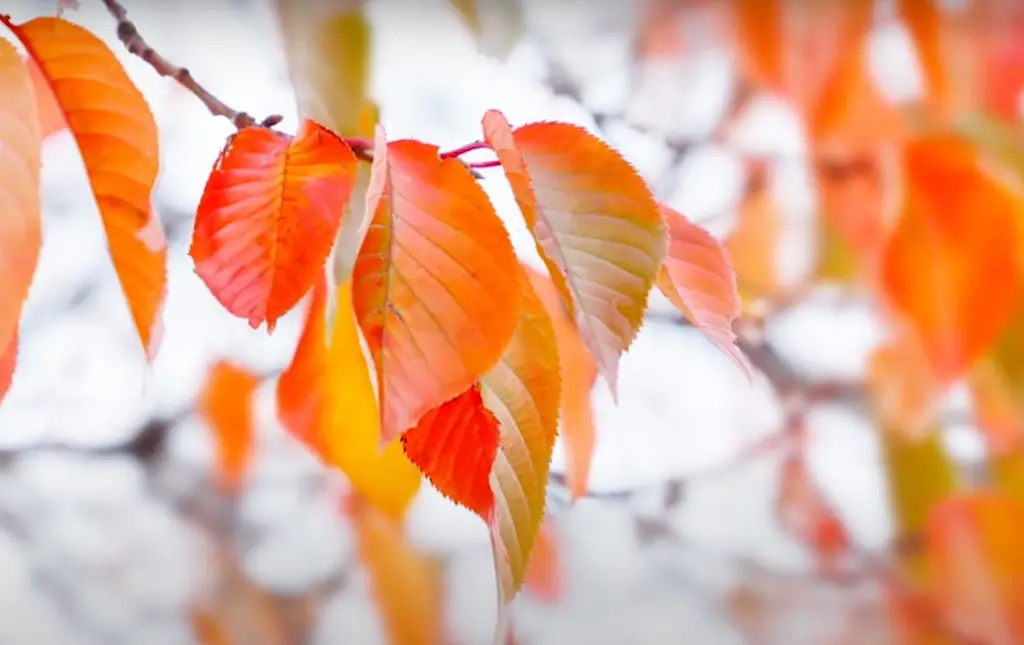
Non-invasive root systems also help keep the soil structure intact longer than those of invasive trees, providing additional support against erosion and helping to retain moisture in the ground. Additionally, because their roots aren’t so aggressive, they tend to be more drought tolerant – meaning they require less water and can withstand drier conditions better than their counterparts. All these factors make non-invasive trees the perfect choice for homeowners who want a beautiful, low maintenance landscape. [8]
Which Tree Types Have Non-Invasive Systems?
Most trees have non-invasive root systems, meaning they won’t spread too far from the base of the tree. Some popular types of trees with non-invasive root systems include Japanese Maple, Dogwood, Serviceberry, Weeping Willow, Redbud, and Magnolia. These trees are great choices for landscapes where containment is important. They will not invade nearby gardens or sidewalks and can be planted in close proximity to one another without becoming a nuisance. Additionally, these low-maintenance trees require little pruning and maintenance once established.
Other more unique types of trees with non-invasive root systems are Crape Myrtle (Lagerstroemia indica), Chinese Fringe Tree (Chionanthus retusus), and Red-Tasseled Japanese Maple (Acer palmatum). These trees are great for adding texture, color, and interest to landscaping. They can be planted in areas where their root systems won’t cause damage or interfere with nearby structures.
If you’re looking for a tree that will provide shade while not taking over your yard, then consider one of the many types of non-invasive trees mentioned above. With careful selection and proper planting techniques, you can enjoy all the benefits of having a tree without worrying about its invasive roots spreading too far. [9]
15 Best Small Trees with Non Invasive Roots
These trees provide a variety of color and texture to any outdoor space while still being able to accommodate even smaller areas with their manageable size and non-invasive roots.

With careful selection and regular maintenance, they can add beauty and charm to any landscape for years to come. So let’s dive into the world of small but wonderful trees.
Japanese Maple (Acer Palmatum)
This small tree features beautiful, deep-red foliage that changes to shades of orange and yellow in the fall. The maple is ideal for smaller spaces due to its slow growth rate and non-invasive roots.
Crepe Myrtle (Lagerstroemia)
This hardy small tree blooms large clusters of pink, purple, white or red flowers in summer followed by attractive seed pods in winter. It does not have invasive roots but grows quickly with a moderate amount of water and fertilizer.
Dogwood (Cornus Flordensis)
This stunning flowering tree is native to the southeastern United States and produces white or pink spring flowers followed by attractive red berries. It is an ideal choice for small yards as it matures at a slow rate and has non-invasive roots.
Magnolia (Magnolia Grandiflora)
This evergreen tree features large, fragrant white flowers in spring followed by leathery green leaves. Its roots are not particularly invasive but should be planted away from buildings as its lacy canopy can cast significant shade.
Serviceberry (Amelanchier Canadensis)
This deciduous tree produces clusters of small white flowers in early spring, followed by edible purple or blue berries in summer.
Redbud (Cercis Canadensis)
This hardy small tree features an abundance of vibrant pink flowers in spring. It is also known for its interesting heart-shaped foliage which turns yellow in the fall. The redbud’s roots are somewhat invasive so it should not be planted near buildings or other structures.
Crabapple (Malus Domestica)
This attractive small tree produces fragrant white or pink blooms in spring and showy fruits in the summer months that birds love to snack on. Its root system is not particularly aggressive but does require regular pruning to keep it manageable.
Japanese Hinoki Cypress (Chamaecyparis Obtusa)
This evergreen conifer has soft, delicate foliage that is an attractive addition to any landscape. Its shallow root system makes it an excellent choice for small yards and its growth rate is slow enough to keep it manageable.
White Fringe Tree (Chionanthus Virginicus)
This elegant tree features white flowers in the springtime followed by interesting blue-black fruits in late summer. Its roots are not invasive and it does not require pruning or grooming as it naturally maintains a neat shape when mature.
Pear Trees (Pyrus Spp.)
Many varieties of pear trees make good choices for smaller yards due to their showy white blossoms in early spring and delicious edible fruits in summer months.
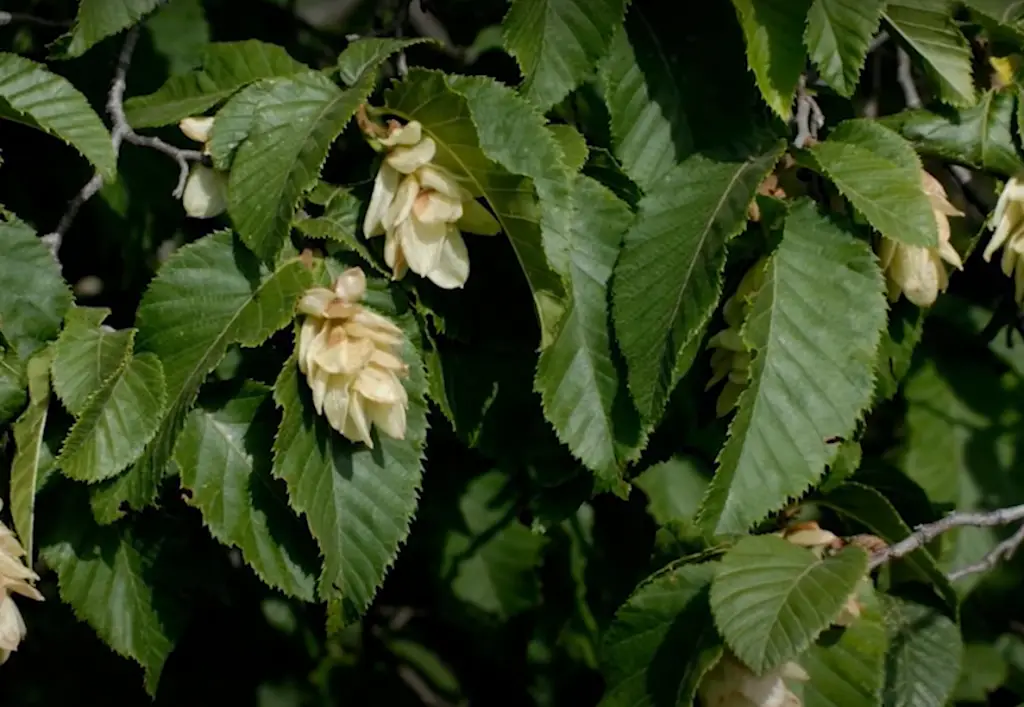
The root system of pear trees is generally not invasive, but they do require deep watering once or twice a month during dry periods.
Chinese Pistache (Pistacia chinensis)
This deciduous tree features attractive autumn foliage as well as small red fruits that birds love to eat in the winter months. Its roots are not particularly aggressive and it requires minimal pruning to keep its shape neat and tidy.
Bald Cypress (Taxodium Distichum)
This tall evergreen tree features feathery, fern-like foliage with an interesting reddish-brown bark that flakes off in strips. It does not have an overly aggressive root system but requires plenty of water as its shallow roots can dry out easily.
Weeping Willow (Salix Babylonica)
An iconic symbol of peace and tranquility, the weeping willow has long cascades of leaves that sway in the breeze. Its roots are somewhat invasive so it should not be planted near buildings or other structures, but is an excellent choice for larger outdoor spaces.
Japanese Snowbell (Styrax Japonicus)
This deciduous tree features stunning white bell-shaped flowers in spring followed by small blue-black fruits in summer months. Its root system is not aggressive and its slow growth rate makes it easy to keep neat and tidy without needing pruning or grooming.
Red Hawthorn Tree (Crataegus Laevigata)
This small tree produces white or pink blossoms in the springtime and large, red fruits in the fall. Its root system is fairly shallow and non-invasive making it an ideal choice for small yards.
FAQs
Which evergreen trees have least invasive roots?
Some of the least invasive evergreen trees include Japanese black pine, yew, arborvitae, cypress and false cypress. These trees have relatively shallow root systems that are not likely to cause damage to nearby structures or pavement.
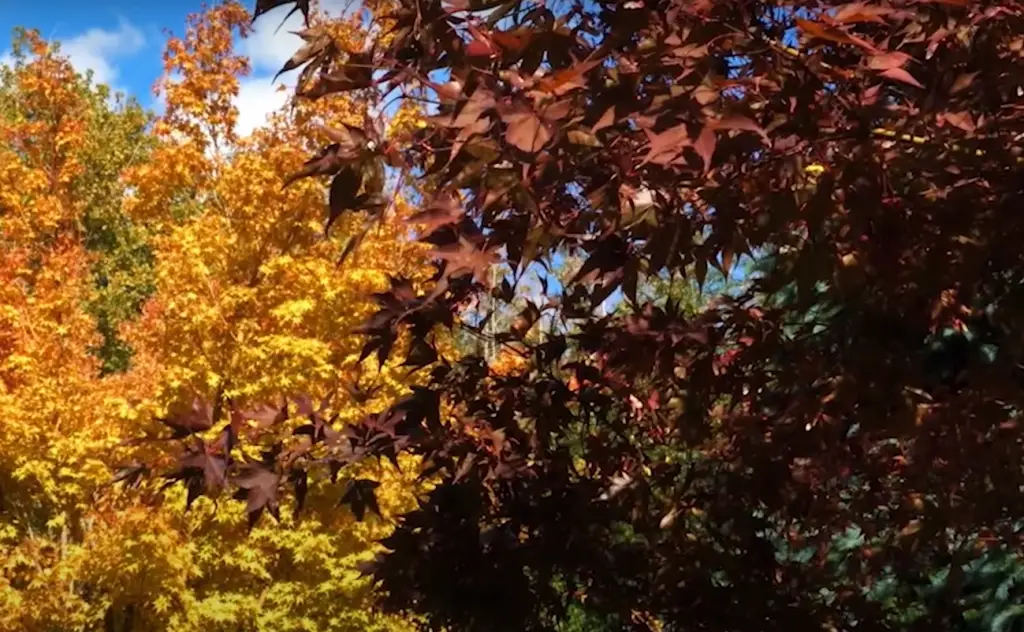
Additionally, they do not require frequent pruning as their roots are less likely to spread out widely. It is important to research the specific tree you are interested in planting before making a decision. Some species within each tree type may be more aggressive than others.
What tree has the most invasive roots?
The tree with the most invasive roots is the paperbark maple (Acer griseum). Its deep, wide-spreading roots are extremely hardy and aggressive, and can cause damage to foundations, sidewalks, driveways, and other structures. They also have a tendency to absorb excessive amounts of water from the soil which can cause drought-like conditions in neighboring plants. Additionally, its shallow root system makes it more susceptible to wind damage compared to other trees. For these reasons, paperbark maples are not recommended for urban areas or near buildings and walkways. However, their impressive foliage and bark make them an attractive landscape option for areas that don’t need protection from their roots.
What tree has a small root system?
One tree that has a small root system is the Japanese maple (Acer palmatum). It’s an ornamental deciduous tree that grows best in well-drained soil and does not require large amounts of space for its roots. The shallow, fibrous roots make it easy to transplant and easier to maintain than other trees with larger, more invasive root systems. It is also relatively slow growing and can be shaped into different forms such as weeping or upright trees. Because of its small size and low maintenance requirements, the Japanese maple is an ideal choice for smaller areas or gardens where space is limited. Its colorful foliage also makes it an eye-catching addition to the landscape.
What trees are safe next to the house?
When planting trees near a house, the most important consideration is making sure that the roots are not damaging any foundation or underground utilities. Trees with shallow, well-behaved root systems are usually considered safe to plant near homes. These include smaller varieties like crabapple, hawthorn, magnolia and redbud as well as larger varieties such as maple and oak. Some of these species can grow quite large over time so it’s important to check local regulations regarding tree size and placement before planting. Additionally, keep in mind that certain tree species may be more prone to disease or insect damage than others, so research which type will best suit your needs before investing in it.
Useful Video: 5 Great Trees for Small Spaces | Southern Living
Summing Up
Taking all of this information into account, it’s clear that non-invasive landscaping systems with trees and other vegetation can be quite beneficial. Not only will the right landscape choices result in healthier ecosystems, but they also come with plenty of aesthetic advantages to make your home look great too. It’s important however, to choose tree species and plants that are not likely to become invasive in order to keep your landscape under control and looking beautiful for years to come. Proper care can also help ensure the healthiest growth possible for your trees like ensuring they have adequate sunlight, water and nutrition. With those considerations in mind, you’ll be able to create a stunningly vibrant garden filled with healthy plants that could benefit you and your home for many brilliant years ahead!
References:
- https://www.treemusketeers.net/trees-with-non-invasive-roots/
- https://aplustree.com/3-types-of-tree-root-systems/
- https://myperfectplants.com/blogs/blog/what-we-need-to-know-about-tree-roots
- https://www.chelseagreen.com/2023/7-factors-to-consider-when-choosing-a-planting-site/
- https://sebsnjaesnews.rutgers.edu/2020/04/choosing-the-right-location-for-your-vegetable-garden/
- https://www.growingagreenerworld.com/how-to-plant-a-tree/
- https://sarpo.net/trees-with-non-invasive-roots/
- https://primecutlandscaping.net/the-benefits-of-trees-with-non-invasive-roots-in-southern-maine/
- https://sexytrees.com/tree-types-non-invasive-tree-roots/





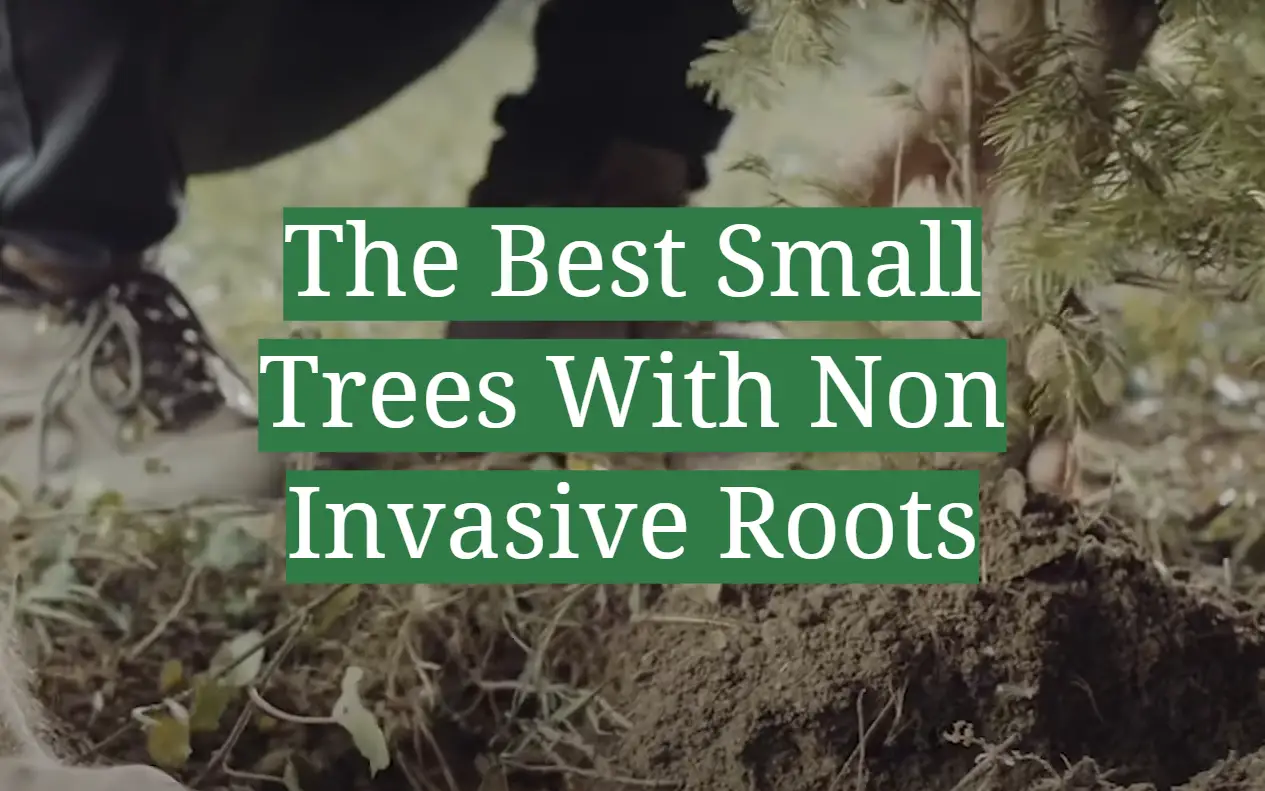




Leave a Reply
View Comments